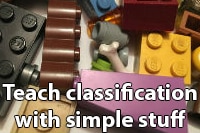
Keep it simple!
So you want to teach your students how biologists classify organisms but you’re a bit short of materials to use? Get creative! You don’t have to have a bunch of museum quality plastomount specimens on hand to teach kids how to group things based on similarities. There are plenty of things you could use that still allow students to learn about how Linnaean taxonomy works, even if they have nothing to do with living things!
Some ideas;
- An assortment of old buttons
- A pile of different cookies
- A variety of Lego® pieces
- Nuts, bolts & screws
- A mixed pile of the above and more…
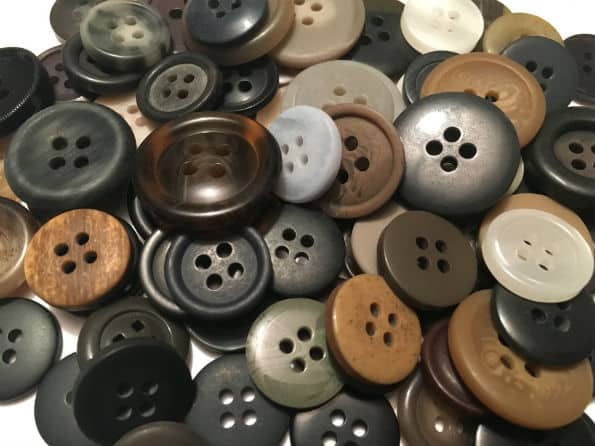
A pile of buttons can help teach biological classification
The idea is that the very fact that these items are not living will mean that students will have to use their observation and logical reasoning skills to devise a classification system that someone could follow. It’s all about the subtle differences between each piece;
- Can the colours and shapes be easily sorted?
- Are there markings or surface patterns that need to be allowed for?
- Is the size of the item important?
- Can the students find any outliers that can’t be classified easily?
It is in having students determine what they consider to be the most important that they learn the difficulty taxonomists have. Some prior knowledge will have to be given to students in terms of how to construct a dichotomous key (a flowchart of yes/no statements) and some ground rules as to what level of classification are you shooting for (eg. Order/Family/Genus etc).
An effective way to work this lesson is to have students devise their classification system and then present their system to the class. This especially works if more than one group of students had the same type of materials (eg. cookies) … the job of the rest of the class is to vote for which system they prefer and justify their position. You could test each group’s classification system by having students rotate between groups and get them to follow the devised system.
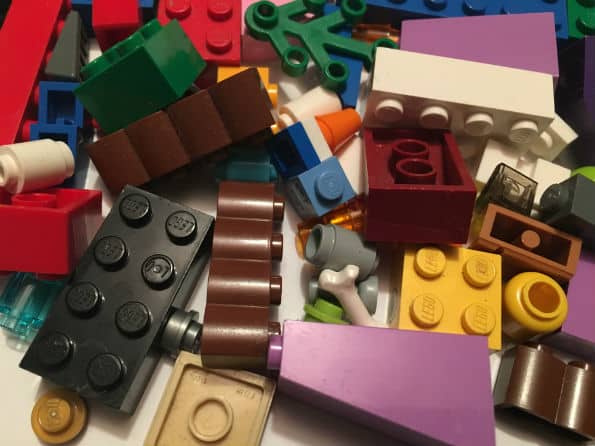
Can your students devise a classification system for a pile of Lego®?
The science of taxonomy can be traced all the way back to the time of Aristotle, whereby simple classifications were made. The practice was ad hoc though, with biologists using long and cumbersome names that could be changed at a whim… making it really difficult for people to compare whether they had the same specimen or not. It is from the work of Carl Linnaeus (aka Carolus Linnaeus) that the ordered naming specimens became accepted – known as binomial nomenclature for each specimen ie. Genus species eg. Eucalyptus saligna. The real insight Carl Linnaeus had was that species could be placed into a series of higher and higher taxa based on shared similarities which allowed relationships between groups of organisms to be seen (known as Phylogeny).
Below shows show how an animal like a Horse fits within the system:
- Domain (Eukaryota)
↓
- Kingdom (Animalia)
↓
- Phylum (Chordata)
↓
- Class (Mammalia)
↓
- Order (Perissodactyla)
↓
- Family (Equidae)
↓
- Genus (Equus)
↓
- Species (caballus)
How many classification levels your students create will be entirely up to the diversity of the materials you give them. Ideally, it would be fantastic if you could use a mixture of 3 types of materials that can thereby emulate the three main Domains found in taxonomy (Eukarya, Archaea & Bacteria) and have enough variety to get materials all the way down the 8 steps to the species level.
Here’s an infographic that can help students from Fauna Facts
Source: FaunaFacts
Once the students have got the hang of ‘classifying’ the inanimate objects they can then move onto working with collections of leaves, insects and more to see if they can use dichotomous keys to identify the organisms (we use seashells in our Little Life primary biology workshop for example).

Can the students classify these organisms down to the Order level?
It is easy to get caught up with thinking that you have to have the perfect materials when teaching scientific concepts to students. It can be frustrating when you just don’t have the budget to make every science lesson rich in support materials but the reality is that sometimes it’s about how you emulate the thinking process that counts the most. Maybe your students could use chocolate for this lesson… that would motivate most kids!
Happy teaching,
NEW Primary science teaching book!
“Be Amazing! How to teach science, the way primary kids love”
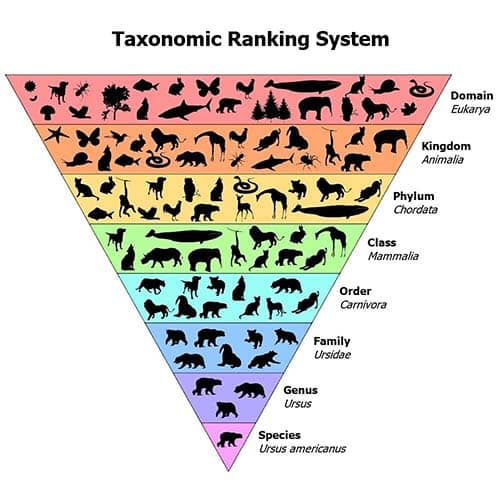
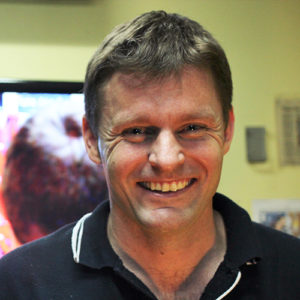
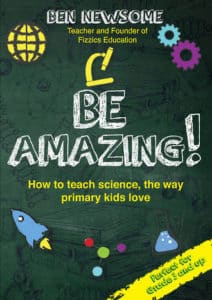

























Comments